All about Nibelung cats
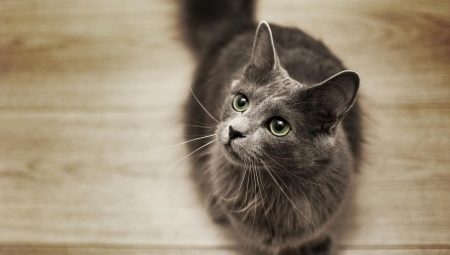
There is one or another pet in almost every home. Someone likes to watch the fish in the aquarium, someone likes miniature and fussy hamsters more, someone delights in dogs, but someone likes graceful and independent cats more. Beautiful and intelligent cats are among the most ancient animals tamed by man. Among the many species of these cute fluffy creatures, one very interesting and relatively young breed of Nibelung stands out.
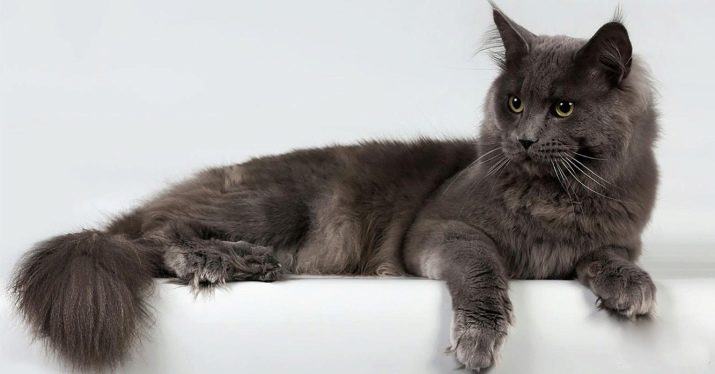
And before you get such a pet, it is advisable to learn everything about cats of this breed.
Origin story
The Nibelungs have a very interesting origin story. The first individuals - the progenitors of the breed - were obtained as a result of accidental crossing in the 80s of the last century.
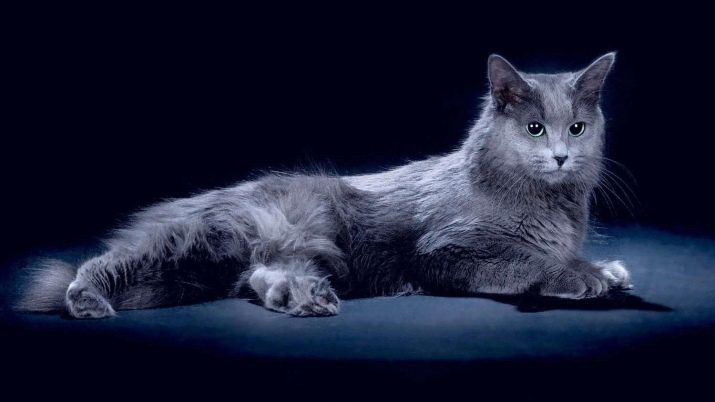
In the American state of Colorado, the city of Denver, two families lived next door, one had an outbred shorthair cat named Elsa, and the other had a Russian blue cat. The kitten lambed with five kittens, one of which had a beautiful silver-blue color and long hair. The owner of the cat, Cora Cobb, kept the kitten for herself and gave him a very sonorous nickname - Siegfried, in honor of the hero of the medieval epic poem "The Song of the Nibelungs". After some time, the cat lamented again, in the litter there was a very cute long-haired cat of the same color with Siegfried, which later received a nickname in honor of the heroine of the same poem - Brunhilde.
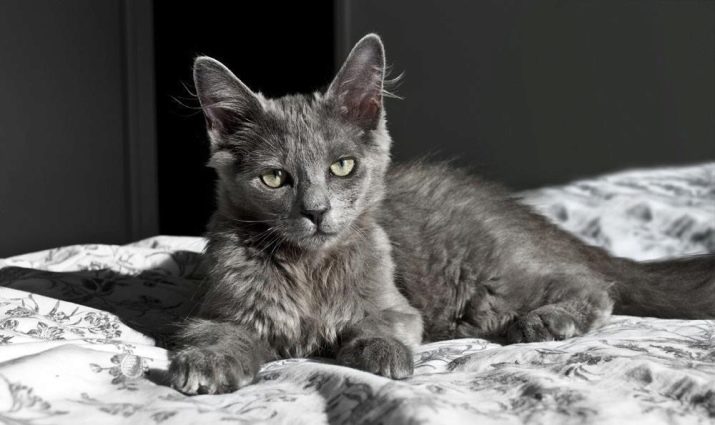
With the light hand of Cora, Cobb Siegfried and Brünnhilde became the progenitors of the breed, and Cora became the breeder and founder of the Nibelung breed. Later, having consolidated the obtained characteristics and described the breed standards, with the help of geneticist Solveig Wein, she applied to the TICA felinological association for the recognition of the breed. In 1987, the breed was recognized, and already in 1993 it received the right to participate in exhibitions. After some time, the Nibelung breed was recognized by other large associations: WCF, TCA and CFF.
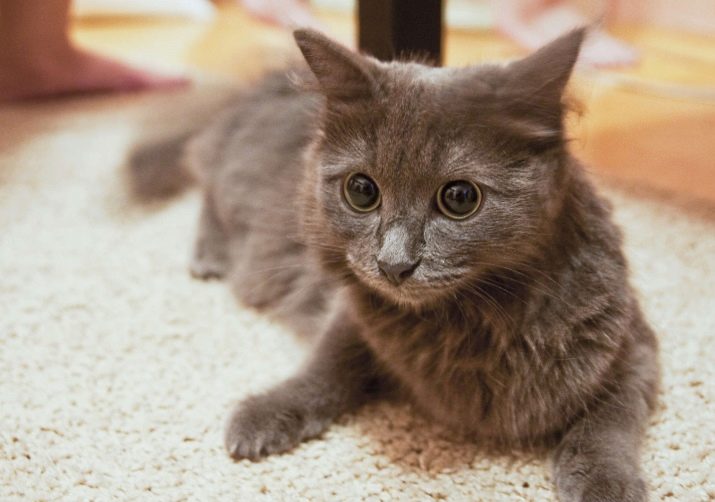
The Russian line of the Nibelung breed, like the American one, appeared by chance, but unlike the latter, individuals of the Russian blue breed became the progenitors.
Krasnogorsk nursery "Winter Day", where they were engaged in breeding, including the Russian blue, a kitty appeared with an unusual feature - long hair. At first, they did not know which breed to attribute the unusual baby to, although the difference was only in the length of the coat. After a while, the American experts from TICA appreciated the Osoku (that was the name of the cat). By its exterior features, the sedge not only fit the standards of the Nibelung breed, to which the experts ranked it, but also significantly surpassed its American counterparts, for which it was awarded the highest award.
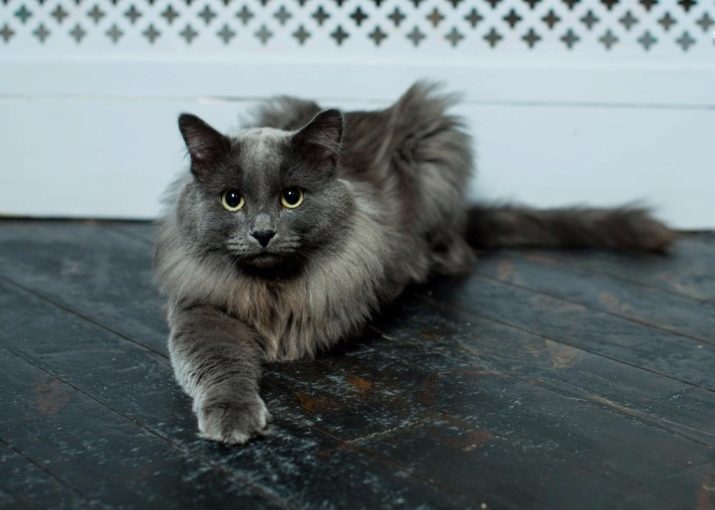
It is believed that the Nibelung cats are a recreated Russian blue breed that took part in the first cat show in London (Crystal Palace, 1871). The exterior of this breed of long-haired cats was very similar to the modern representatives of the Nibelung breed. And this is not surprising, because the appearance of kittens with long hair in the Russian blue is quite possible, the gene is responsible for this trait, it is recessive in the breed, but it can quite manifest itself, although this is extremely rare.
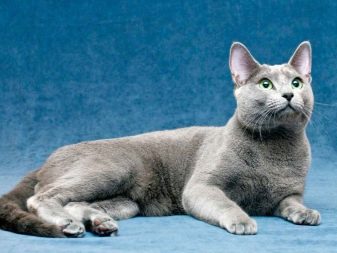

Therefore, long-haired individuals of the Russian blue are often used to improve the Nibelung breed.
In Russia, the breed is not very popular, the number of nurseries engaged in breeding this breed is not as large as in the USA, Canada, Great Britain and European countries. However, their number has recently been slowly, but still growing, as many modern breeders consider this breed to be very interesting and promising.

Description
The term "description" should be understood as the physique and color of individuals belonging to the breed.
- Cats and cats of the Nibelung breed are quite harmoniously built... Their slightly elongated body has developed muscles, albeit slightly dryish. Agile and graceful, medium-sized individuals have different body weights depending on gender. In cats, the average weight varies in the range of 3.5-4 kg, in cats, the weight is in the range of 5-7 kg.
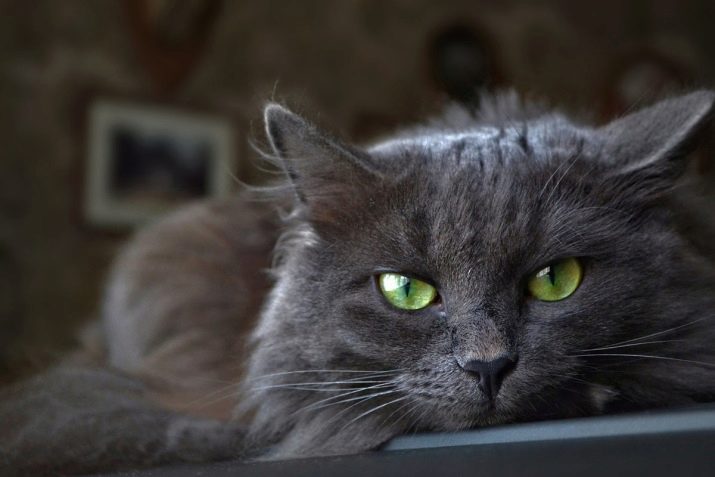
- The head of the animal by breed standards has a pointed (wedge-shaped) shape... The muzzle as a whole, although small, but the frontal part (in contrast to the occipital) is quite developed and has a sloping shape. The brow ridges and cheekbones have clear relief outlines.
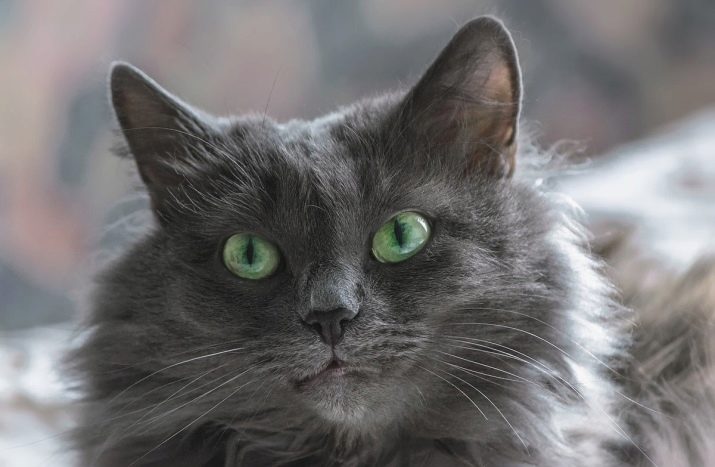
- Individuals have a medium-sized and straight nose., the transition between it and the frontal lobe (stop) is not clearly expressed, almost smoothed. The Nibelungen have a fairly strong and developed chin. The profile view of the Nibelung has a very beautiful shape, the tip of the nose, pigmented in a gray-silver shade, is almost in line with the tip of the chin. The area of whisker growth in outline resembles a soft pad, slightly angular, in cats it is slightly more pronounced than in cats.

- The muzzle is decorated with rather large, widely spaced and very beautiful in shape and color, eyes... In kittens, the iris is colored yellow, but from about 4 months of age the situation changes, and a thin green ring forms around the pupil. Over time, the ring covers an increasing area of the iris, and the color of the eyes acquires the green color characteristic of an adult of this breed.

- Nibelung cats have beautiful not only eyes, but also ears... Moderately large, with a slight forward slope and slight rounding at the tips, the ears are set quite wide apart. Their width at the base is proportional to their height. Ears that are straight in shape have a fairly open and clearly visible inner part of the auricle, which makes them appear transparent.
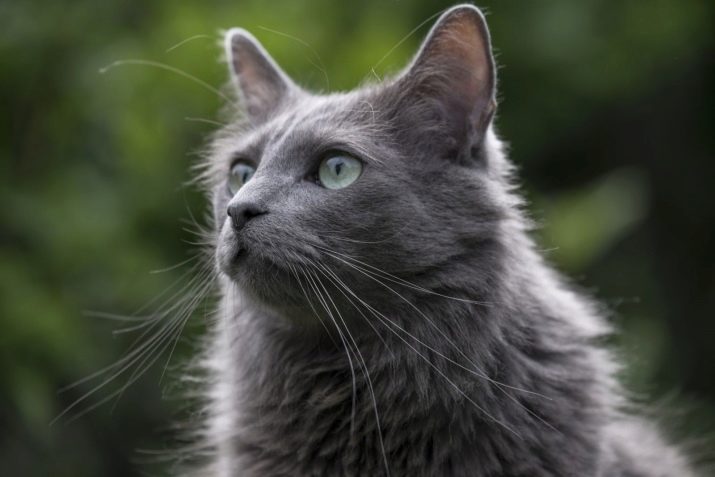
- The Nibelungs are characterized by long, straight and well-muscled limbs.... The paws are predominantly round in shape with rather tenacious toes, between which tufts of thick wool are visible, and razor-sharp claws. The skin on the back of the paws (pads) is gray with pink spots.
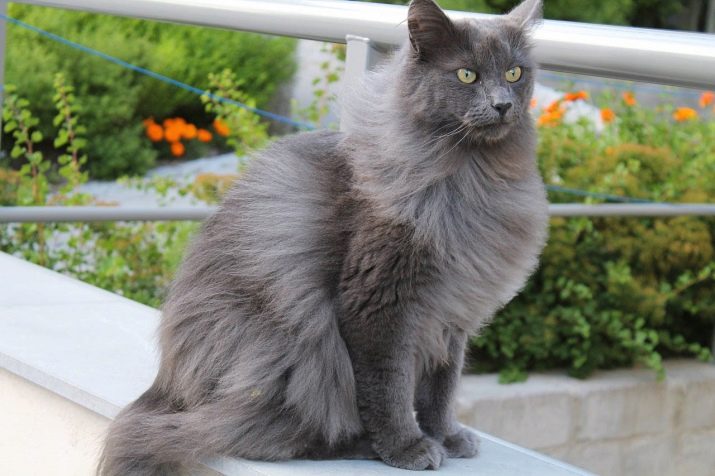
- Individuals of this breed have a rather long tail, wide at the base and rounded at the end.... The length of the tail, according to experts, is slightly more than the average value; in individuals with pronounced breed characteristics, this value is comparable to the distance from the point of convergence of the shoulder blades to the beginning of the sacrum.
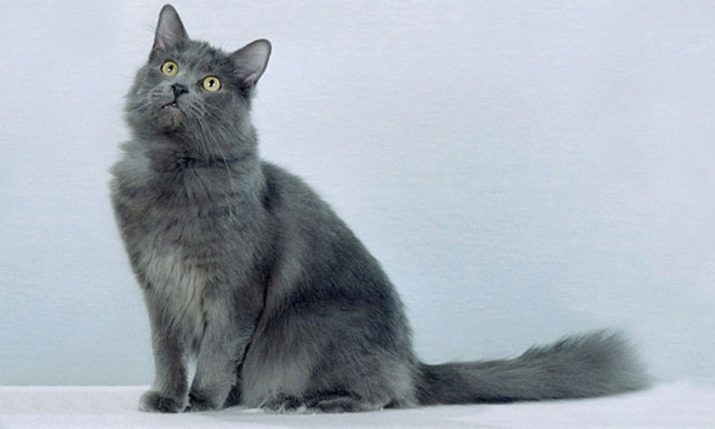
- A striking distinctive feature of the breed is their unusually pleasant to the touch coat.... Thin guard hairs and a very soft fluffy undercoat give such a smooth and silky coat. Even in winter, when the undercoat becomes thicker, their coat still does not form clumps.
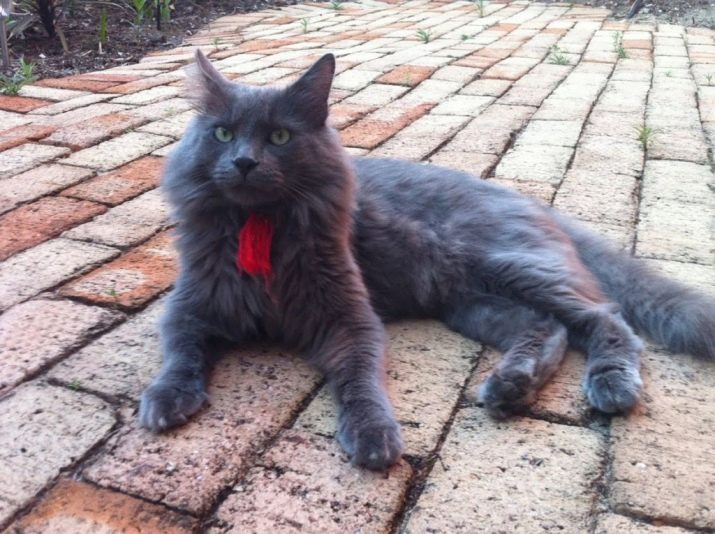
- Semi-long-haired Nibelungs are also distinguished by their magnificent gray-silver color.... It is because of him that the breed was named Nibelung, because translated from German nebel means fog. The visual effect of a silvery sheen was due to incomplete coloration of the guard hair, not the entire surface is painted gray, but only a part, the ends of the pigment have no pigment, therefore the wool has such a beautiful silvery-blue tint.
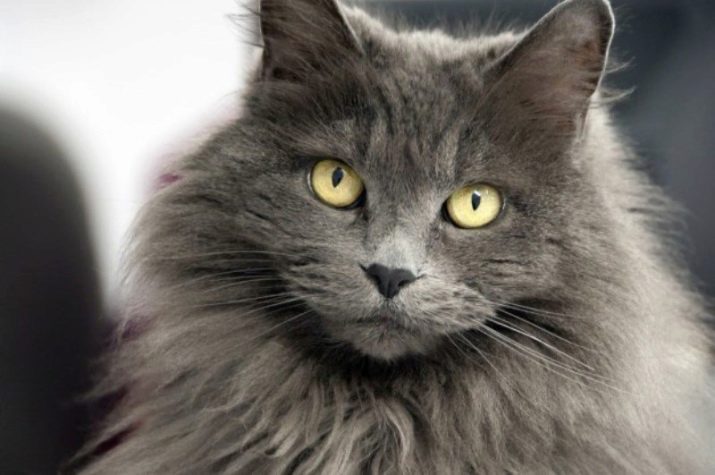
- The length of the coat varies in different areas... In the neck area, it is slightly longer than the main one and is formed into a beautiful "collar", more pronounced in cats. In the back of the thighs, the wool forms "pants". In this area, it is not only slightly longer, but also with a thicker undercoat. The tail hair is also somewhat elongated in comparison with the rest of the zones, in size.
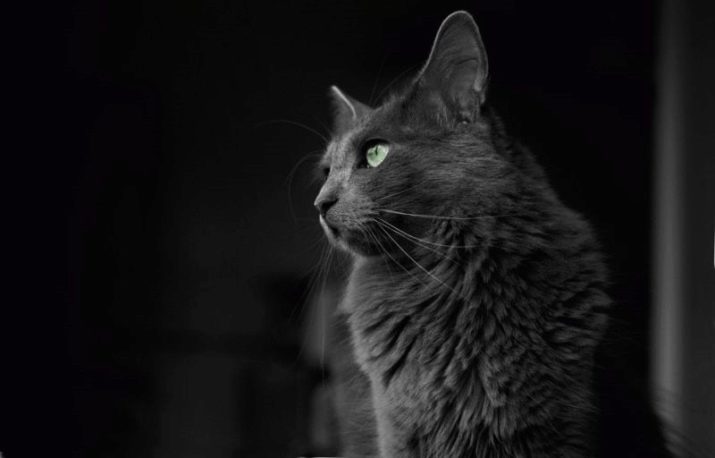
Character traits
The handsome Nibelungs have an excellent, one might say, golden character. They can get along well with all household members, but, as a rule, they are most attached to one person. The one who spends the most time with them and feeds the rest of the family more often will be the Nibelung's best friend.
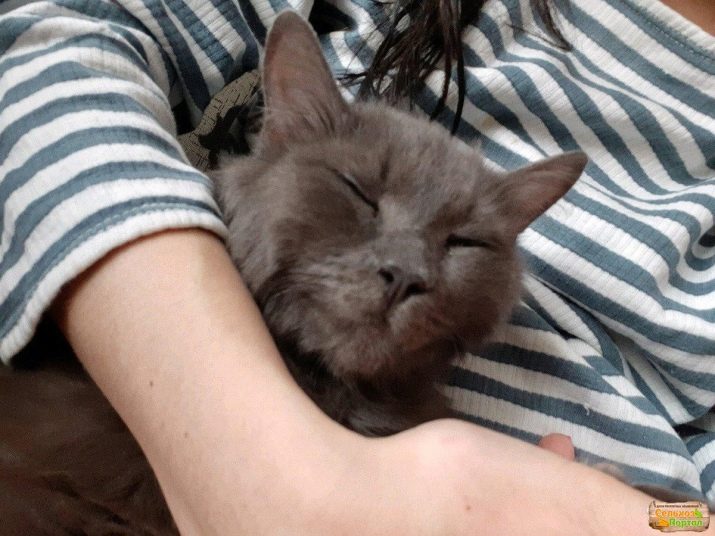
Cats of this breed are sociable, but unobtrusive. They, of course, love to play with the owner and other family members, but they will never impose their presence. They are rather contemplators than active participants in the process. For them, only the presence of the owner is quite enough, so cats can calmly sit next to a person or lie next to the owner on a soft sofa, comfortably curled up in a ball.

The Nibelungs are friendly towards people, but very careful in dealing with strangers. When meeting with strangers, they do not express open aggression, but still prefer to hide in a safe place and wait out the visit of a stranger there.

Exit from the shelter is possible only after some time, and even then not always.
They are pretty calm animals. In a family with small children, they are unlikely to be comfortable: the Nibelungs do not tolerate loud sounds and do not really like to be touched against their will. For the phlegmatic character of the Nibelung, an elderly married couple or a family in which the children are old enough so as not to disturb the personal space of a fluffy pet are more suitable.
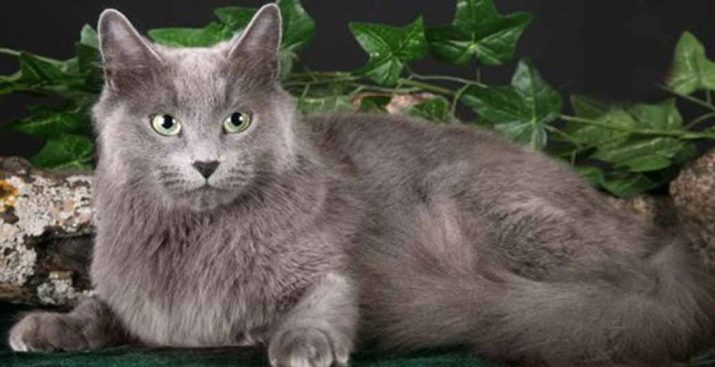
Although cats and cats of the Nibelung breed do not like excessive attention to their person, they are quite painful to endure loneliness. Long-term absence of a person can negatively affect the pet's behavior. For attracting attention, he will fight in various available ways: refusing food, ignoring the calls of the owner, and in some cases, the appearance of a "surprise" in the wrong place.
But do not scold, and even more so physically punish the pet for such behavior, you just need to find a good companion for the pet during your absence.
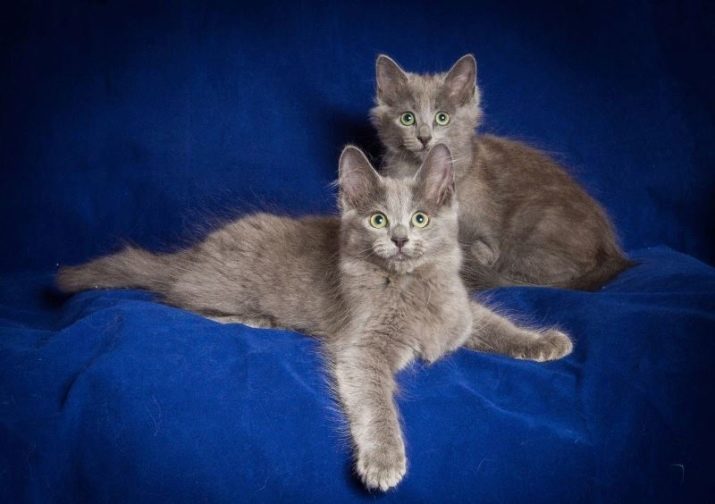
Cats of this breed get along well with other animals, of course, unless a new friend turns out to be a bird, fish or hamster., because the hunting instincts of this fluffy handsome man are very well developed and it is likely that such a friendship could end very badly for them. If potential victims of cats live in the house, then it is better to minimize the communication with them of the Nibelung or completely isolate them from each other. Friends of the Nibelung can become their relatives - cats, and, oddly enough, dogs.
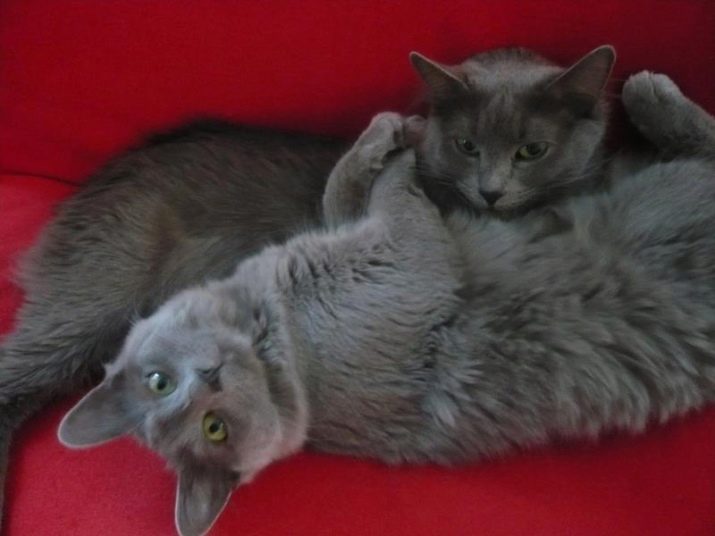
They will get along well if the other animal does not show aggression.
Although the Nibelungs are somewhat phlegmatic, they still sometimes allow themselves to frolic merrily, especially if the animal is at a fairly young age. Tall cabinets, pedestals and mezzanines are not at all unattainable heights for them, but, on the contrary, are very interesting places to observe the processes taking place around. With age, their activity, of course, decreases, as in most cats of other breeds, but curiosity and some playfulness are still present at a fairly mature age.
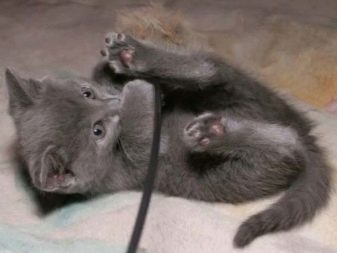
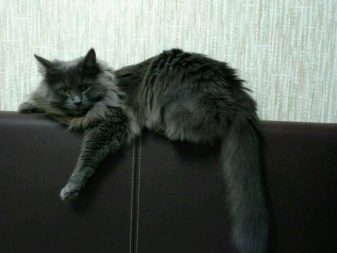
Representatives of the breed are smart enough and have an innate delicacy, they will not sharpen their claws anywhere or go to the toilet in the wrong place, if, of course, they have enough attention, or the tray is cleaned in time, because they are very clean and will in every possible way draw the attention of the owner to the problem. Less often they do this with the help of their voice, they have the quietest in comparison with other representatives of the feline family, but very melodic. Furry pets can use other methods available to them to attract attention.
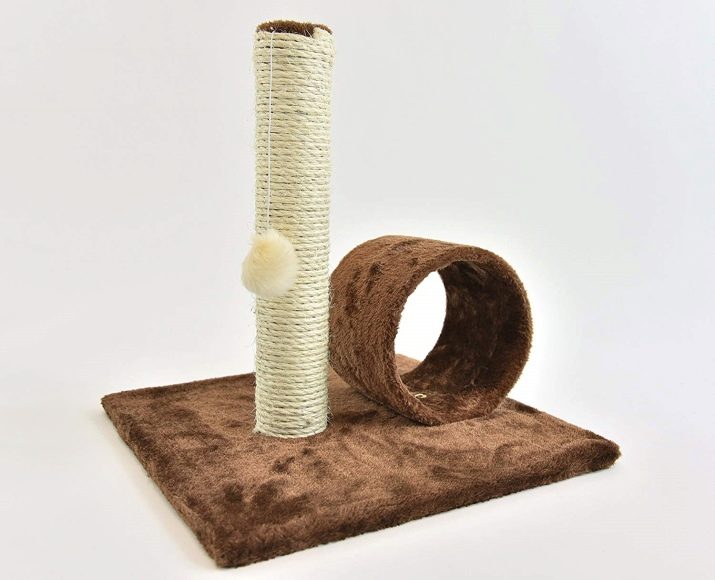
They are smart and understand perfectly well that following the owner, delicate touching with a paw, jumping onto their knees or gazing are much more effective than the usual “meow”.
Life span
By human standards, cats of all breeds can hardly be classified as long-livers, because the average life expectancy of pets is within 12-15 years. This figure varies depending on the breed, living conditions and nutrition.
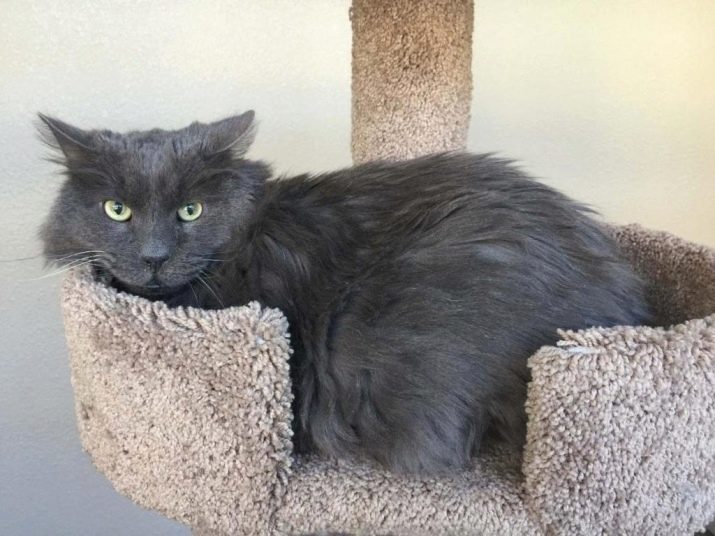
Nibelungen are long-lived in comparison with other breeds, their life expectancy is 15-18 years, and some individuals may live longer. There is a known case when a cat lived to be 36 years old, which is a lot by a cat's standards.
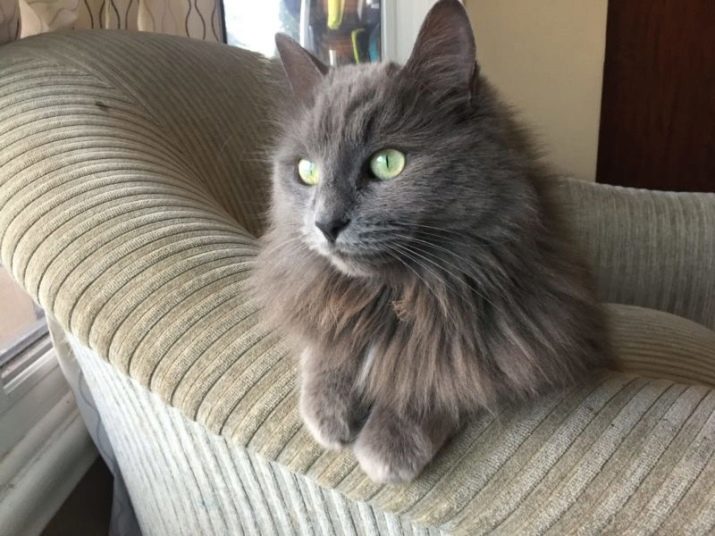
Conditions of detention
Caring for the Nibelungs is quite simple and not at all burdensome for the owners.
In order for a fluffy pet to feel good, it will take very little time and a minimum of effort.
- The main concern of the owner of the Nibelung is caring for the fur of the animal. Although the undercoat of the representatives of this breed is very thick, and the guard hair is of medium length, their "fur coat" is not prone to the formation of tangles, therefore it does not need special means and special methods of care. To maintain the coat in proper form, it is enough to comb the animal at least 1 time in 7 days. During shedding periods, the combing procedure can be performed a little more often, 2-3 times a week.
For the combing procedure, as a rule, 3 types of brushes are used, but one can be dispensed with. It is better to start combing with a comb with rare metal teeth with rounded tips, and finish with a massage brush. A soft suede glove will help to add shine to the coat and collect the remaining hairs.
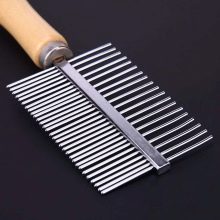
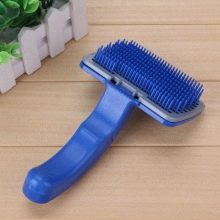
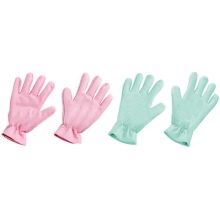
- As a rule, the Nibelungs quickly get used to this procedure, and over time they even begin to like it, and they will gladly substitute not only the sides and neck, but also the stomach. In order for the coat to be not only smooth, but also its color remains the same, Nibelungs should not be taken out into the open, as the sun's rays adversely affect the color of the coat.
It fade rather quickly, and instead of a blue tint, the wool acquires a completely unattractive reddish tint.
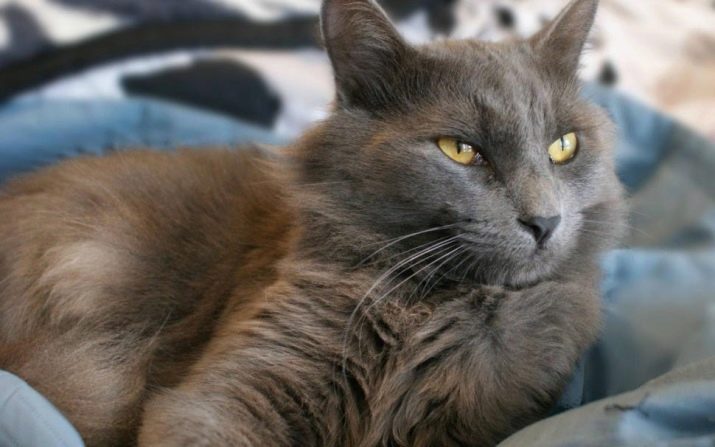
- The Nibelungs can hardly be called great lovers of water procedures, they don't like splashing in water. Strictly speaking, they do not need this, because the skin of domestic cats is covered with a layer that protects them from various ailments, and water destroys it, and animals become more vulnerable to environmental influences.
If the animal does not attend exhibitions, is constantly in the apartment and is not dirty in anything, then it is better not to wash it.

- If, nevertheless, such a need arose, then it is better to use a special shampoo for cats without dyes as a detergent. Its composition most carefully affects the structure of the guard hair, and the absence of dyes will save the color from unnecessary shades.
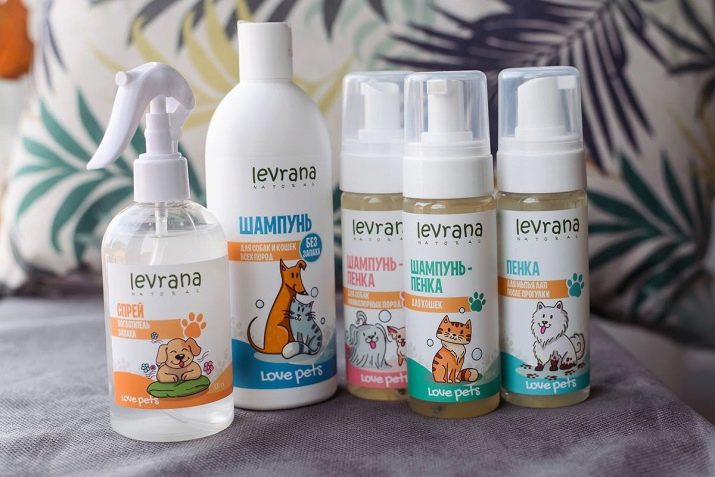
- The procedure itself is quite simple and does not require any special skills. First, you need to wet the coat, avoiding the area of the ears, and then, moving along the growth of the guard hair, gently massage the body and limbs of the pet with gentle massage movements. Rinse off the shampoo with plenty of water to completely rinse the product out of the wool. You can, of course, dry the Nibelung with a hairdryer with a cold blower (hot air spoils the structure of the wool), but it is better to use a towel of a suitable size.
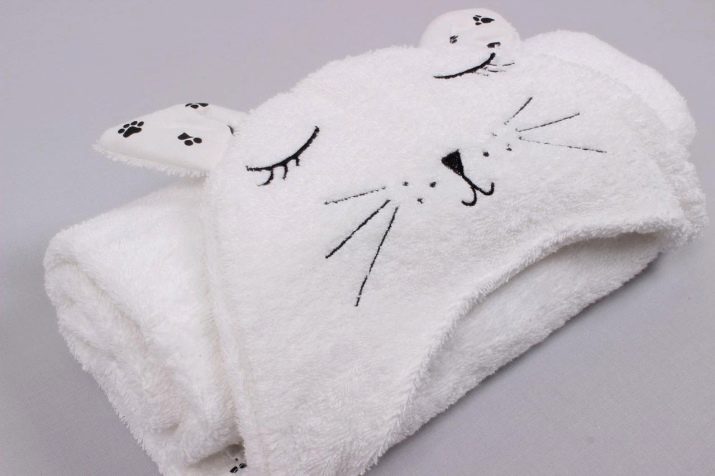
- The eyes and ears of the Nibelungs require care. Periodic discharge from the eyes must be removed with a cotton pad dipped in boiled water. It is advisable to examine the ears at least once a week. Cleaning your ears to remove wax is not worth it, suspicions should only be caused by brown deposits and accompanying symptoms: constant head shaking and scratching of the auricle.
In this case, it is better to contact a veterinary clinic.

- The animal's oral cavity also needs constant examination. In order to notice in time the inflammation of the gum tissue or the deposition of tartar on the enamel, you need to inspect the pet's oral cavity at least 1 time per week. For such problems, it is best to see a veterinarian who specializes in dentistry. As a preventive measure, you can brush your teeth yourself using a special toothpaste and a properly selected brush. The frequency of the procedure is influenced not only by generally accepted norms, but also by the state of the tooth enamel of a particular pet, as a rule, cleaning should be carried out no more than 1-2 times a month.
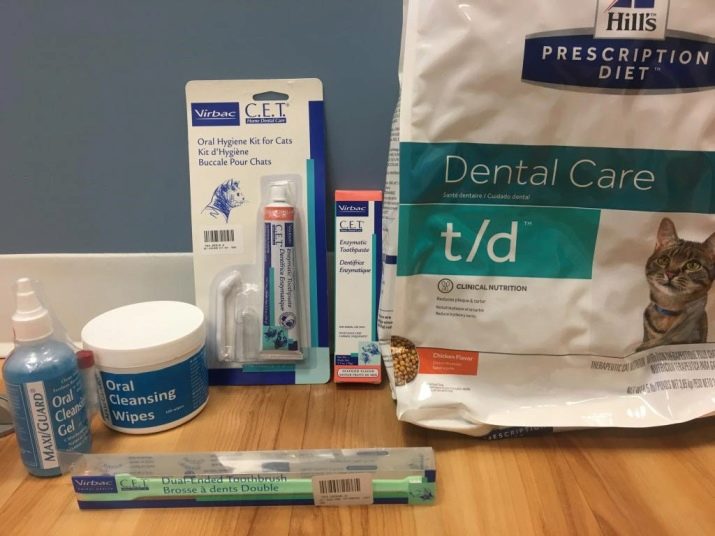
- Attention should also be paid to the cat's claws. You can train your pet to sharpen its claws in the right place with the help of a scratching post and a little effort on the part of the owner. As a rule, cats accustomed to a scratching post do not need to trim their claws, they perfectly grind them without human help.But sometimes the need arises for the intervention of the owner in this process.
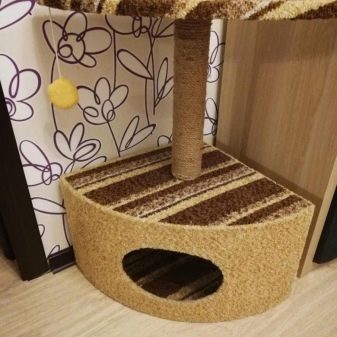
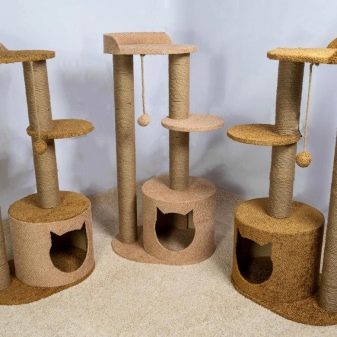
- To trim the claws, it is best, of course, to contact a veterinary clinic, but you can process them yourself with the help of a claw cutter. The instrument treated with a disinfectant must be placed perpendicular to the surface of the claw, and after stepping back a couple of millimeters from the border separating the tissue with the vessels from the claw itself, cut the tip. Correct placement of the claw cutter will help prevent separation of the hard tissue of the claw, and indentation from the border is necessary to prevent bleeding.

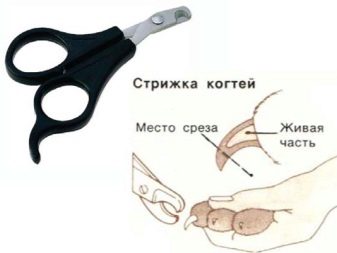
- When keeping cats of the Nibelung breed, in order to avoid obesity, you should take care of the physical activity of the pets... An acquired or personally made complex with platforms attached at different levels is suitable as a "simulator". A good load for the pet can also be provided with the help of various toys: balls, mice and other objects that make the pets actively move and jump.
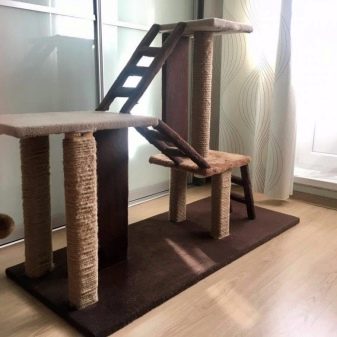

Feeding
Good nutrition is the key to good health and a long life in the Nibelung. Cats of this breed, like the entire feline family, are carnivores, therefore, the proportion of animal protein in their diet should be at least 80-90% of the total composition. There are two ways to provide the required amount of protein: feeding with natural products (mainly meat) or feeding with industrial feed.
The natural way of feeding is the most difficult for owners and more risky for the Nibelung, since it is quite difficult to correctly calculate the required dose of vitamins and minerals, as well as to correctly balance the feed in terms of proteins, carbohydrates and fats. Even if you regularly give your cat additional vitamin complexes, you cannot be 100% sure that this feeding is quite enough for the pet's body.
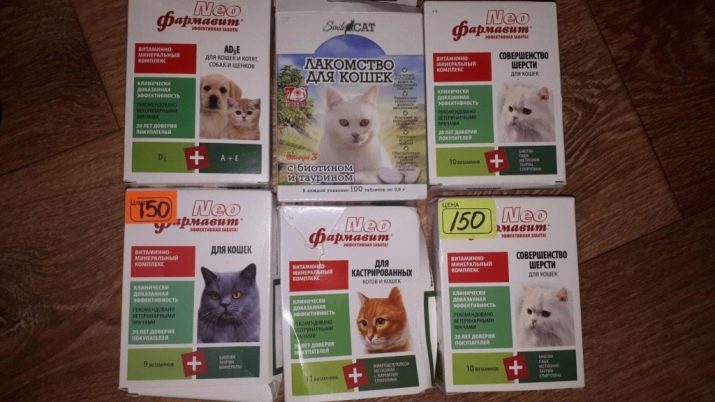
With a natural form of feeding, you need to choose the right products themselves, since not all types of meat (as the main source of protein) and not all products that are a source of carbohydrates and fats are suitable for the Nibelungs.
Do not give fatty meat to the representatives of this breed, as it contributes to obesity. Avoid foods with an excess of such elements as copper, iodine, iron (seafood, offal, buckwheat, potatoes, oats, soybeans), as well as foods with an excess of coloring pigments (beet cake, spinach, carrots, greens), as they all affect the color of the coat.
The source of protein for the Nibelungs can be: chicken, veal, sea fish (without bones), rabbit meat, eggs and milk (up to a certain age). A little rice can be used as carbohydrates.

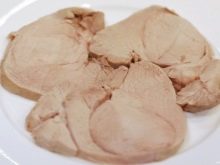

For the owner, eating industrial food is much easier to organize and more pet-friendly. The main thing is to choose the right food. Of the four currently known categories, 3 types are suitable for the Nibelungs: premium, super-premium and holistic.
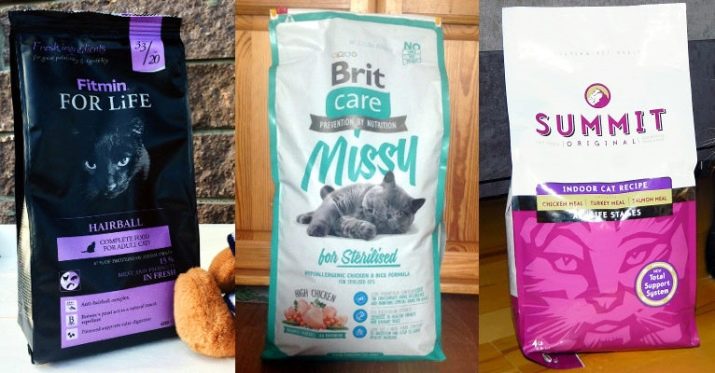
When choosing, you should pay attention to the percentage of animal protein: the higher it is, the better for the pet. The composition also matters, it should not contain products that affect the color. Wet types of food are preferable to dry ones, but the latter should not be completely abandoned, since solid granules are a prophylactic agent against the formation of tartar on the enamel.
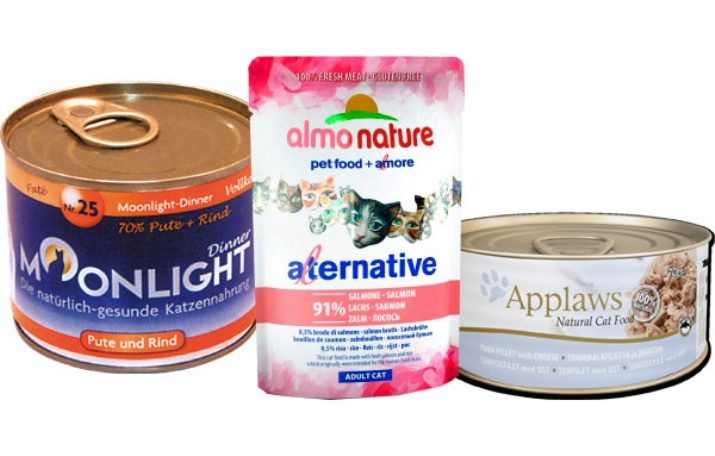
Dry food is more concentrated, it takes less of them to saturate than the wet type, but they contain salt, which means that a bowl of clean, settled (unboiled) water should always be next to the food. If the cat does not want to eat a dry type of food (the Nibelungs are picky about food), you can also feed it wet, and as a prophylaxis against tartar, offer your pet a treat in the form of a special "bone" (dried meat).
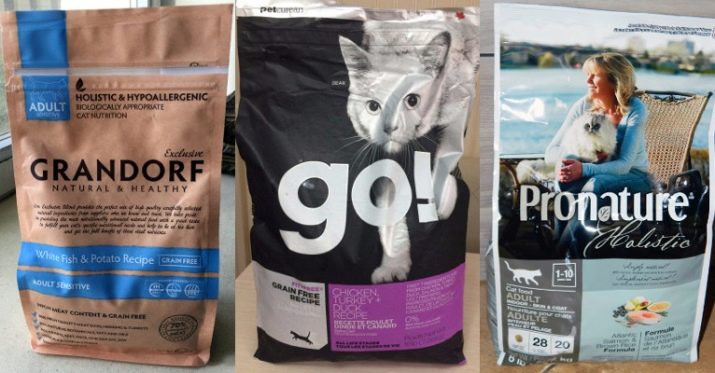
The number of feedings depends on the age of the Nibelung.Kittens have a very small stomach volume, so they are fed often (up to 5-6 times a day) and in small portions. They are gradually accustomed to adult food, and, as a rule, they begin feeding with a wet look. Dry food is first soaked and given in small portions, its amount in the first days of feeding should not exceed 15% of the total food volume.
It is customary to feed adult animals 1-2 times a day.
Breeding
In order to start breeding this breed, you must first purchase a kitten. This is not so easy to do, since the Nibelungs are not a very common breed for Russia. Only one nursery on the territory of our country is engaged in breeding this breed, it is located in St. Petersburg and is called the "North Star". In Europe, you can buy a kitten of this breed in the Bosse Marniere Fort cattery, located in France, as well as in the German nursery Nimbati.
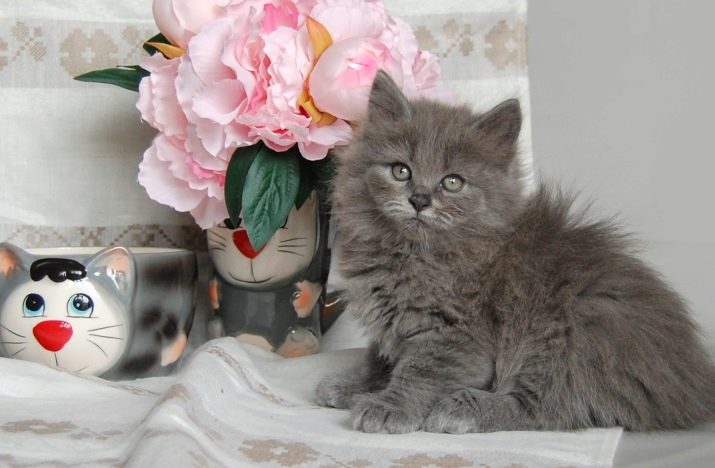
A small number of nurseries engaged in breeding Nibelungs, and, as a result, the low prevalence of these fluffy beauties generates a fairly high price for them. In Russia, the cost of a kitten of the Nibelung breed will cost the future owner at least 55,000-60,000 rubles. And this is without taking into account the cost of the obligatory trip in order to get to know the pet. You will have to pay about 22,000-24,000 rubles for booking and travel. In European catteries, the cost of the Nibelungs is even higher, for one kitten you need to pay at least $ 1000.
A slightly less expensive way of acquiring a kitten is a personal agreement with the owners of the Nibelungs. You can meet them at an exhibition, where, as a rule, several breeders of this breed are present.

There are several basic rules to help you choose a Nibelung kitten correctly. First of all it is necessary to check the information about the cattery or breeder. They must have all the necessary documents for both the parents and the baby.

Before buying, you should make sure that the little furry is in good health. The future pet should be playful and moderately active.
Watching the cat or kitty you like, it is worth paying attention to his relationship with other babies, since it will be impossible to correct an overly aggressive pet in the future. But a kitten that is too lethargic should raise suspicion, since low activity can be caused by an animal's illness.
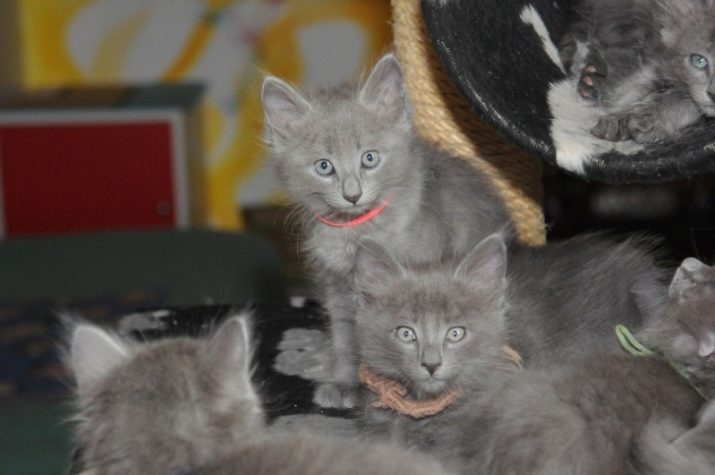
It will not be superfluous to check the ears, eyes, nose, mouth cavity and the area around the anus before purchasing, they should be clean, without pathological discharge. In a healthy kitten, the fur is soft, not tattered and without bald spots, and the abdomen is proportional to the body in size and moderately elastic.
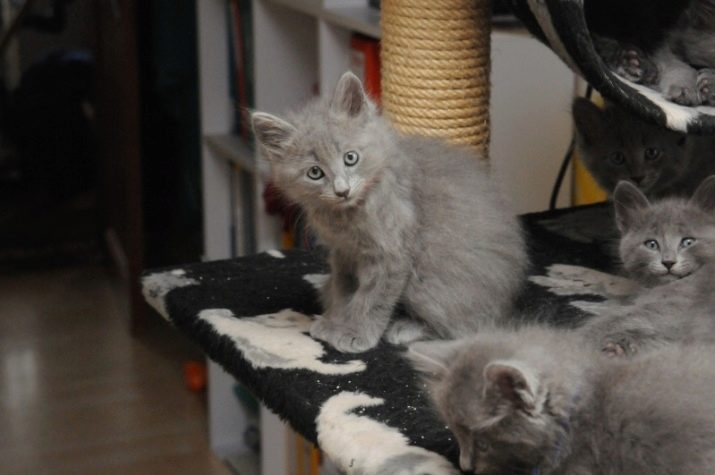
According to breed standards, the presence of stripes, which are most often chaotically located throughout the body, or a slightly lighter coat color (light gray) are quite acceptable norms.
As the individual grows up, these signs will fade, and when the animals reach 2 years of age, they will disappear altogether.
Breeders give kittens, as a rule, when babies reach three months of age. Weaning a kitten earlier can negatively affect its health. Experienced breeders not only teach kittens to go to the toilet by this age, but give them all the necessary vaccinations. Confirmation of the procedures carried out should be a veterinary passport, which indicates not only the types of manipulations, but also the time.
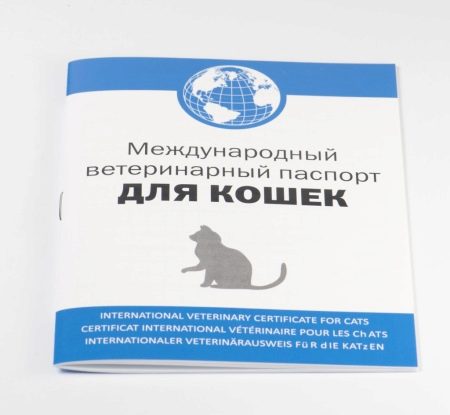
They are engaged in breeding when the cat reaches 1-1.5 years old, although the animals become sexually mature as early as 7-9 months. Experienced breeders prefer not to breed cats too early, since the animal's body is not yet strong enough for such a test, and the appearance of weak, sickly offspring negatively affects the "reputation" of such a cat.
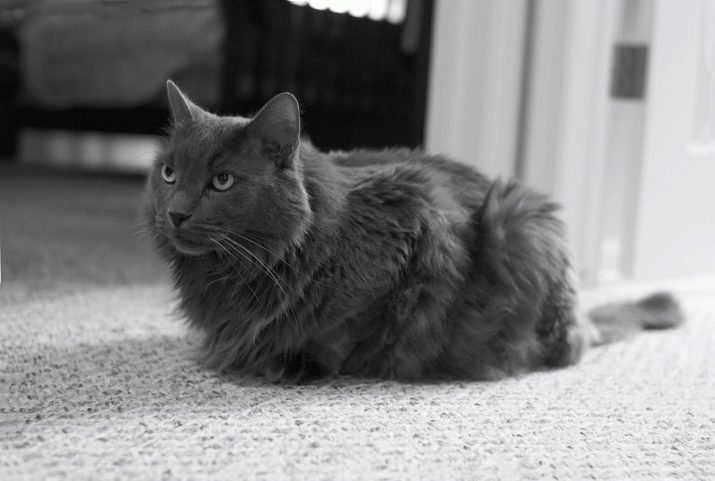
Males are ready to mate all the time, and females only during estrus, which lasts about 7 days. In the warm season, cats are in heat more often than in winter.And this is not surprising, because the most favorable time for birth is coming: the length of daylight hours increases, the air temperature rises.
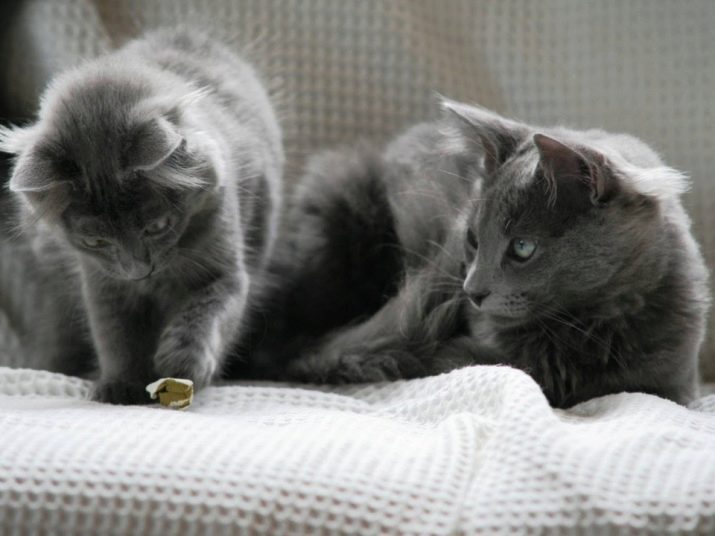
Health
The Nibelungen belong to a group of breeds that differ from others in excellent health and the absence of any serious hereditary diseases. But, like all animals, they still get sick and may well become infected with such serious diseases as calicivirus, viral peritonitis, hemobartonellosis, panleukopenia, parvovirus, rhinotracheitis, mycoplasmosis, giardiasis and other dangerous infectious, viral and parasitic diseases.
There are vaccines for most diseases, they need to be done annually, since immunity is developed only for a year. The first vaccination must be carried out no later than 8-12 weeks, before which, without fail, the animal is dewormed (relieved of parasites).

Do not forget about counter-flea treatment, since fleas are carriers of certain diseases. The type of drug and its use should be consulted with a veterinarian.
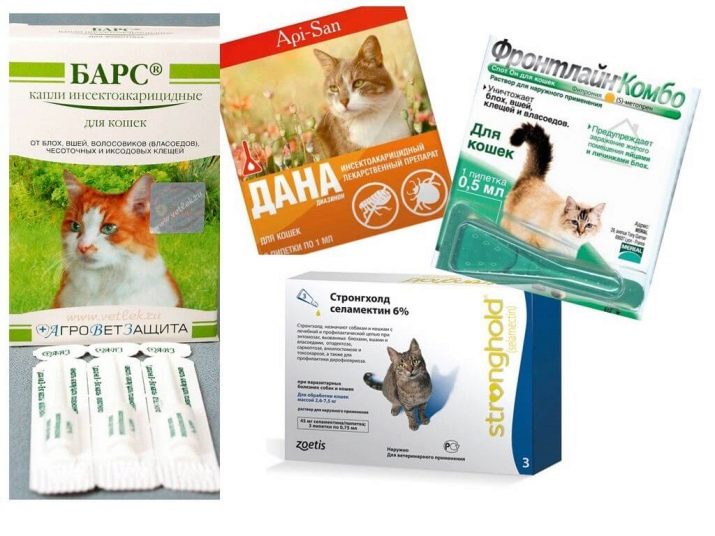
Timely vaccinations, deworming and other preventive measures are the key to a healthy, and most importantly, long life of your beloved pet.
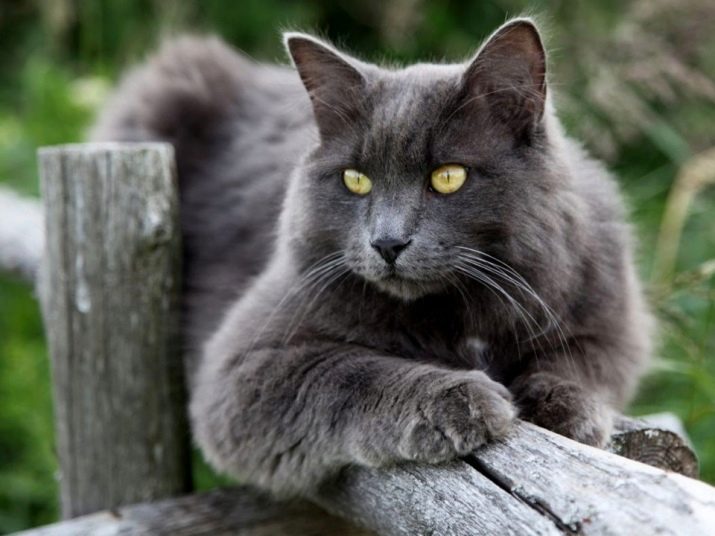
For the characteristics of the breed, see the following video.
































